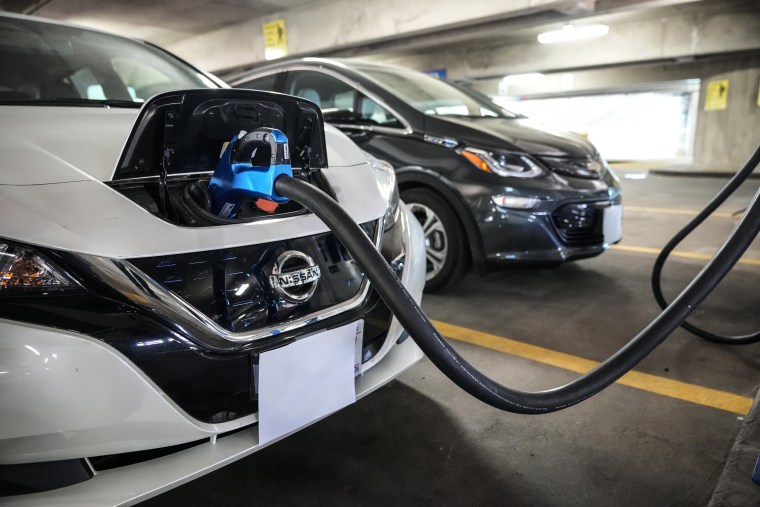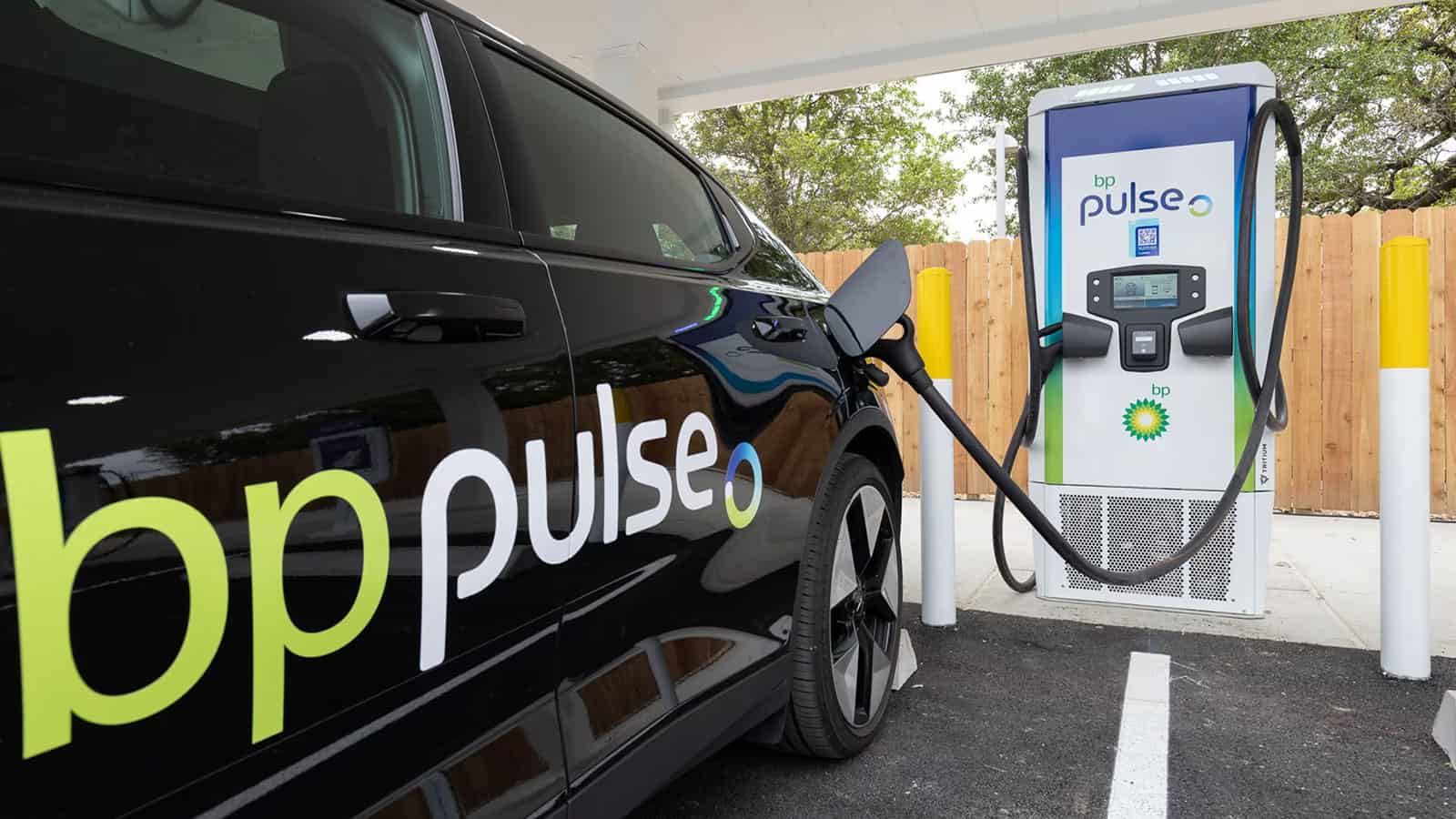What’s Driving the Growth of EV Infrastructure? Buy EV Charging news for Key Updates
What’s Driving the Growth of EV Infrastructure? Buy EV Charging news for Key Updates
Blog Article
New Advancement in EV Charging: Exactly How the Sector Is Developing to Satisfy Need
As the electric automobile (EV) market continues to broaden, the charging framework is undergoing considerable changes to deal with the surging demand. The effects of these innovations elevate crucial questions regarding the future of EV billing and its function in the more comprehensive energy community.
Development of Charging Infrastructure
The fast expansion of electric automobile (EV) charging facilities is a crucial element in assisting in the extensive adoption of electrical movement. As federal governments, personal business, and customers increasingly recognize the significance of lowering carbon exhausts, investments accountable networks have actually risen. This infrastructure growth is vital to minimize array anxiousness, guaranteeing that EV individuals have convenient access to charging terminals.
Significant improvements accountable terminal innovation and release techniques have emerged. Urban areas are seeing a spreading of public billing terminals, while rural regions are slowly being integrated into the charging network. Additionally, collaborations between automobile producers and billing carriers are coming to be a lot more usual, assisting in the establishment of detailed networks that boost customer experience and availability.
In addition, the integration of renewable resource resources into billing stations is gaining energy, promoting sustainability in the EV ecosystem. This transition not only supports ecological goals however likewise aligns with the climbing need for environment-friendly energy solutions among consumers.
Ultra-Fast Charging Technologies
Ultra-fast billing modern technologies represent a significant jump ahead in the EV charging landscape, making it possible for electric lorries to charge in a portion of the time compared to traditional charging approaches. These innovations generally supply power levels surpassing 150 kW, with some systems rising to 350 kW or more, dramatically lowering charging times to as low as 15-30 mins for a substantial charge.
Secret making it possible for modern technologies consist of advancements in battery chemistry, power electronics, and thermal administration systems. High-capacity batteries with boosted thermal stability allow for faster billing without overheating. EV Charging news. Furthermore, advancements accountable facilities, such as liquid-cooled cables and modular charging stations, assist in effective power transfer, enhancing the overall user experience
Major auto makers and modern technology firms are actively spending in ultra-fast billing networks, identifying the critical function they play in getting over array anxiety and increasing the fostering of electrical lorries. As these technologies become much more widely offered, the EV market is anticipated to witness considerable growth, making electric mobility a more appealing alternative for customers. On the whole, ultra-fast charging modern technologies are essential in shaping the future of lasting transport, leading the method for a much more reliable and substantial billing community.
Smart Grid Assimilation

Through demand feedback methods, smart grid systems can adjust charging schedules based on grid problems and electrical power prices. For example, throughout durations of high need, billing can be postponed to off-peak hours, leading to reduced prices for customers and minimized stress on the grid. In addition, vehicle-to-grid (V2G) modern technologies make it possible for EVs to discharge power back into the grid, improving and offering secondary solutions grid stability.
Integration with eco-friendly power resources additionally increases the sustainability of EV charging. By straightening billing activities with periods of high solar or wind generation, clever grids advertise a greener billing facilities. Ultimately, wise grid combination not just sustains the growing demand for EVs however additionally adds to a more resilient and lasting power future, placing the market for long-term success.
Battery Advancements
In the middle of the rapid evolution of electrical lorries (EVs), battery technologies stand at the leading edge, driving advancements in efficiency, sustainability, and efficiency. As the need for EVs surges, researchers and manufacturers are concentrating on boosting battery technologies to resolve difficulties such as array stress and anxiety and billing times.
Lithium-ion batteries stay the most extensively made use of technology, yet brand-new materials and chemistries are emerging to improve energy thickness and durability. Solid-state batteries, for circumstances, assure better power storage space ability and enhanced safety by changing liquid electrolytes with solid ones. This change can significantly decrease the risk of fire and enhance the life expectancy of batteries.
Moreover, innovations in battery reusing procedures are critical for sustainability. Business are establishing techniques to recuperate useful products like lithium, cobalt, and nickel from made use of batteries, promoting a circular economic climate and reducing ecological effect.

International Charging Specifications

Efforts are underway to establish worldwide billing standards that promote compatibility among different EV versions and billing stations. Organizations such as the International Electrotechnical Compensation (IEC) and the Culture of Automotive Engineers (SAE) are functioning collaboratively with auto makers and power service providers to develop thorough guidelines. EV Charging news. These criteria aim to improve the charging process, reduce click this link the need for multiple adapters, and enhance user experience
Furthermore, standardization can dramatically boost the growth of the charging network, as it motivates financial investment by making framework development extra foreseeable and reliable. As the EV market develops, a unified technique to billing criteria will certainly be essential for making certain that customers can bill their vehicles comfortably and accurately, consequently supporting the broader transition to sustainable transportation.
Final Thought
The electric car charging market is undertaking considerable improvement to resolve the surging need for lasting transportation. Developments in charging infrastructure, ultra-fast technologies, smart grid assimilation, and innovative battery options are essential in enhancing customer experience and functional effectiveness. The pursuit of international billing requirements is important for making sure interoperability across various areas and systems. Jointly, these growths position the sector to support a more comprehensive fostering of electrical automobiles, ultimately adding to a more lasting future.
Urban locations are seeing a proliferation of public charging terminals, while country areas are slowly being incorporated right into the billing network. Additionally, advancements in charging facilities, such as liquid-cooled wires and modular billing terminals, facilitate reliable power transfer, enhancing the overall user experience.
On the whole, ultra-fast charging innovations are essential in shaping the future of sustainable transportation, leading the way for an extra effective and considerable charging more information environment. - EV Charging news
By aligning billing tasks with periods of high solar or wind generation, clever grids promote a greener charging infrastructure.Initiatives are underway to develop international charging standards that facilitate compatibility amongst various EV versions and billing terminals.
Report this page